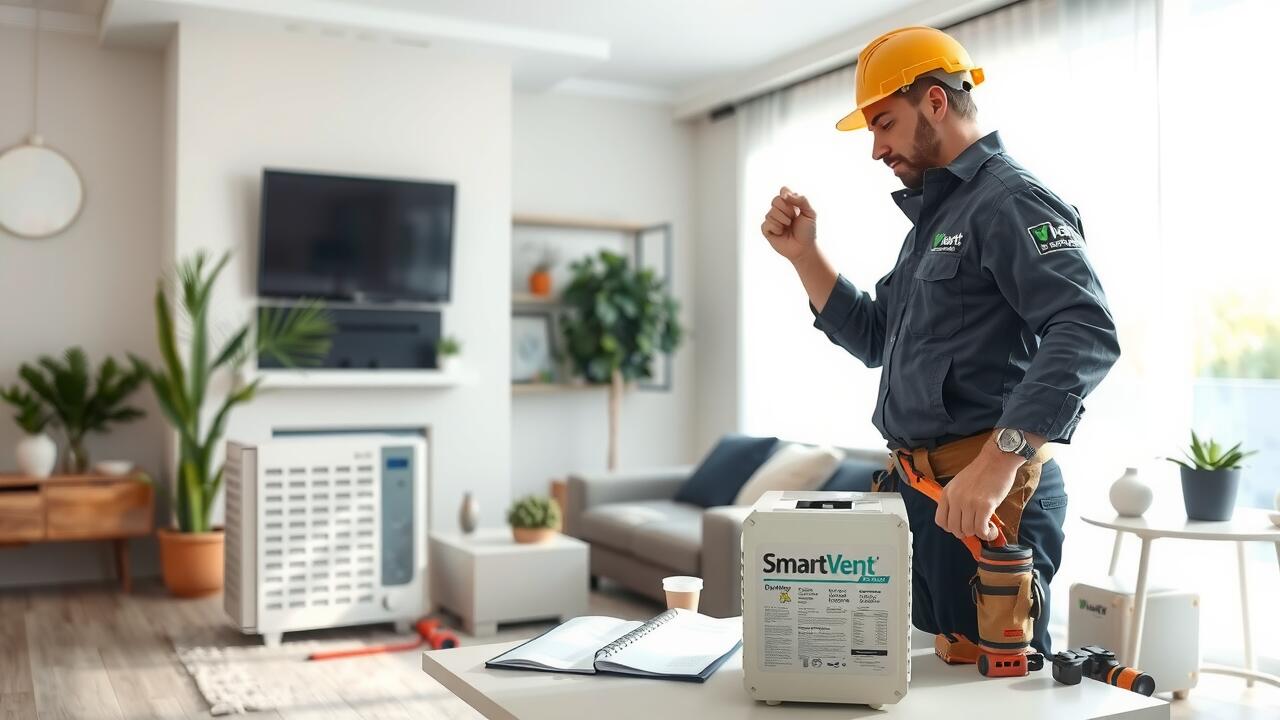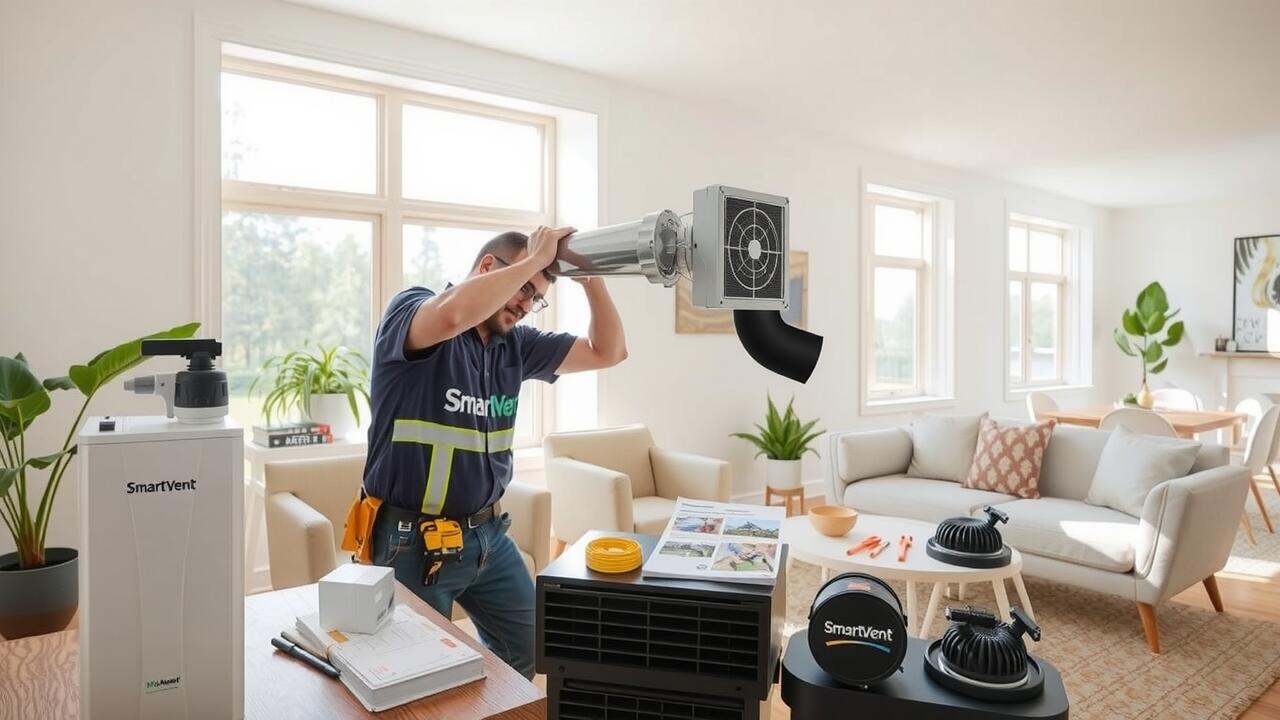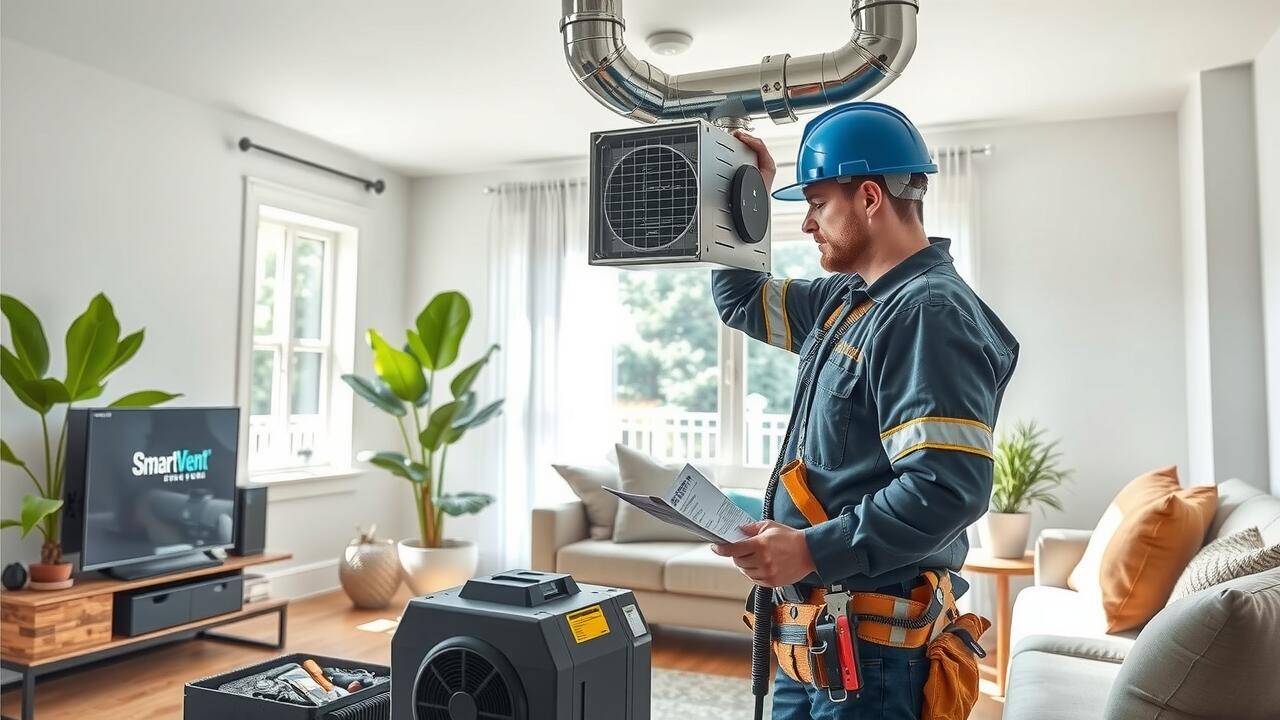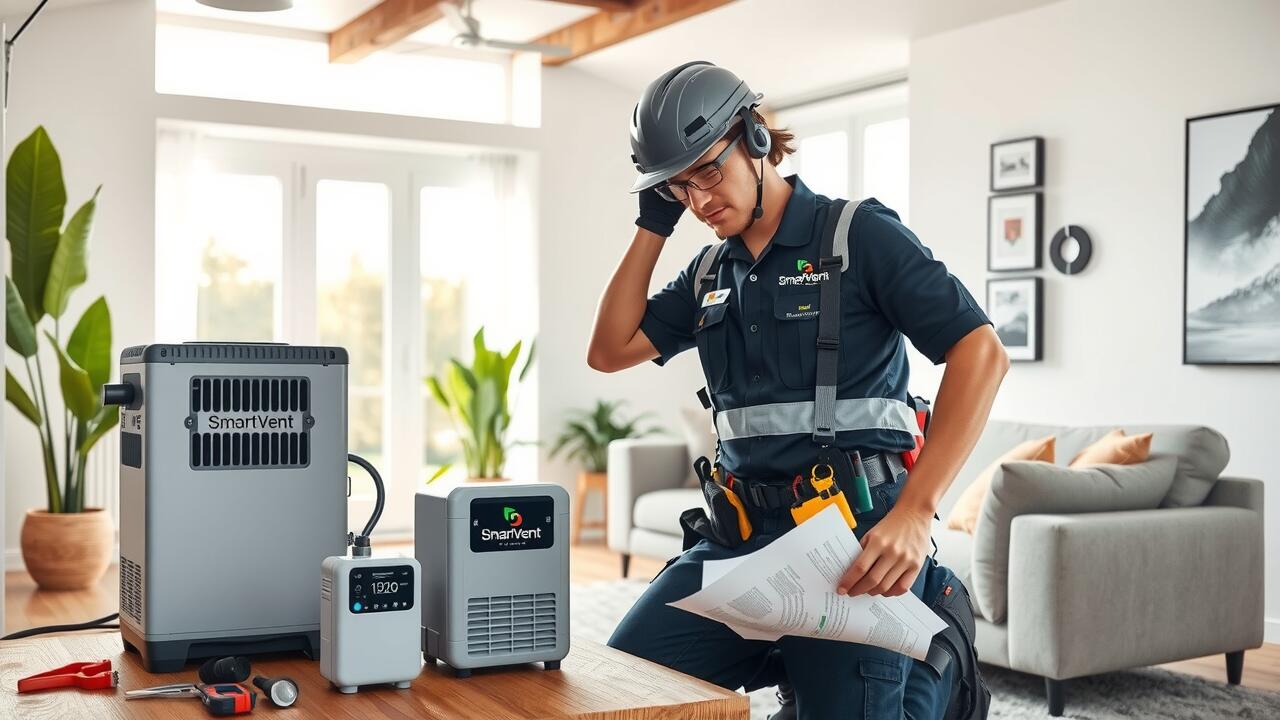
Table Of Contents
Energy Efficiency Ratings
SmartVent ventilation systems are designed with a focus on energy efficiency, which significantly impacts operational costs. They are often rated using various efficiency metrics, helping homeowners make informed choices. The system's ability to manage airflow effectively ensures that energy waste is minimised. This aspect makes SmartVent a favourable option in the pursuit of sustainable living.
When assessing energy efficiency ratings, it is essential to consider how SmartVent ventilation installation in a home can lead to reduced energy consumption over time. The system maintains consistent indoor air quality while reducing reliance on heating and cooling systems. This balance not only improves comfort levels but also contributes to lower energy bills, making it an attractive investment for many homeowners.
Understanding the Impact on Bills
SmartVent ventilation installation in a home can have a notable impact on monthly energy bills. This system optimises airflow and reduces the reliance on heating or cooling systems, which often consume a significant amount of energy. By promoting a balanced indoor climate, SmartVent helps ensure that homes remain comfortable without excessive energy expenditure. Over time, this can lead to noticeable savings on utility bills, making it an attractive option for many homeowners.
Understanding the operational costs associated with SmartVent is crucial for homeowners. While the initial installation cost may seem substantial, the long-term financial benefits often outweigh the upfront investment. Regular maintenance and energy-efficient performance typically contribute to lower ongoing costs, allowing homeowners to manage their budgets more effectively. By factoring in these elements, many will find that SmartVent ventilation can be a wise choice for sustainable living.
Comparison with Other Ventilation Systems
When considering options for home ventilation, SmartVent systems stand out in comparison to traditional methods like extractor fans and passive ventilation. These systems are designed to optimally circulate air throughout the home, offering more comprehensive coverage than individual fans. SmartVent ventilation installation in homes can provide a more consistent and balanced air flow, reducing moisture buildup and enhancing indoor air quality. This method tends to be more efficient than relying solely on individual systems, which can lead to uneven ventilation and higher energy consumption.
In addition, SmartVent systems can be more adaptable to modern home designs that often feature open-plan layouts. Unlike older systems, SmartVent ventilation installation in new builds can be easily integrated, allowing for better utilisation of space without compromising airflow. Although the initial investment may be higher than traditional options, the long-term energy savings and improved comfort levels can make SmartVent a more appealing choice for homeowners looking for efficiency and sustainability.
Cost-Effectiveness Analysis
When evaluating the cost-effectiveness of a SmartVent ventilation installation in a home, several factors come into play. The initial investment, while significant, can be offset by its operational efficiency. Energy-efficient systems tend to consume less power compared to older alternatives. This can lead to lower utility bills and an overall reduction in energy usage over time. Homeowners can expect a gradual return on their investment through these savings, enhancing the financial justification for such a system.
In addition to direct savings on energy costs, SmartVent systems contribute to improved air quality and comfort levels, potentially reducing health-related expenses. The long-term benefits of cleaner air can result in fewer respiratory issues and related medical bills. Therefore, when considering a SmartVent ventilation installation in your home, it is essential to factor in these indirect savings along with direct energy costs to gain a complete picture of cost-effectiveness.
Long-Term Financial Considerations
When considering long-term financial implications, the initial investment in SmartVent ventilation installation in a home can lead to substantial savings over time. This system's design optimises energy efficiency, which typically results in lower utility bills. Homeowners can expect to see a marked decrease in heating and cooling expenses due to the system's ability to maintain a consistent and comfortable indoor climate with minimal energy expenditure.
Moreover, the longevity and durability of SmartVent systems contribute to their overall cost-effectiveness. With proper maintenance, these installations can last for many years, reducing the need for frequent replacements or repairs. This not only preserves the financial investment made but also enhances the home's value. As energy prices fluctuate, having an efficient ventilation system becomes an increasingly wise choice that could yield significant savings in the long run.
Return on Investment over Time
SmartVent ventilation installation in homes can significantly improve indoor air quality while promoting energy efficiency. Over time, the initial investment may be offset by reduced energy bills due to the system's ability to maintain optimal temperatures and minimise unnecessary heating or cooling. The long-lasting benefits of improved airflow can also reduce the likelihood of mould growth, potentially saving homeowners money on maintenance and repairs.
Calculating the return on investment becomes essential as homeowners consider the overall value of such a system. With SmartVent’s ability to enhance comfort and contribute to a healthier living environment, many users find that the long-term savings outweigh the upfront costs. As energy prices continue to fluctuate, the financial advantages of a SmartVent system can become more pronounced, leading to a more sustainable household budget over the years.
FAQS
What is the average cost of running a SmartVent ventilation system?
The average cost can vary based on home size and usage but typically ranges from NZD 300 to NZD 600 annually.
How does energy efficiency impact my SmartVent running costs?
Higher energy efficiency ratings can lead to lower electricity bills, as more effective systems use less energy to maintain optimal ventilation.
Are there any additional costs associated with a SmartVent system?
Yes, additional costs may include maintenance fees, potential repairs, and electricity used by the system, which should be factored into your overall budget.
How does SmartVent compare to other ventilation systems in terms of cost-effectiveness?
SmartVent generally demonstrates better energy efficiency than many traditional systems, leading to potentially lower running costs over time.
What should I consider for long-term financial planning with a SmartVent system?
Consider installation costs, ongoing energy expenses, maintenance requirements, and the potential increase in home value, as these factors contribute to your overall return on investment.


